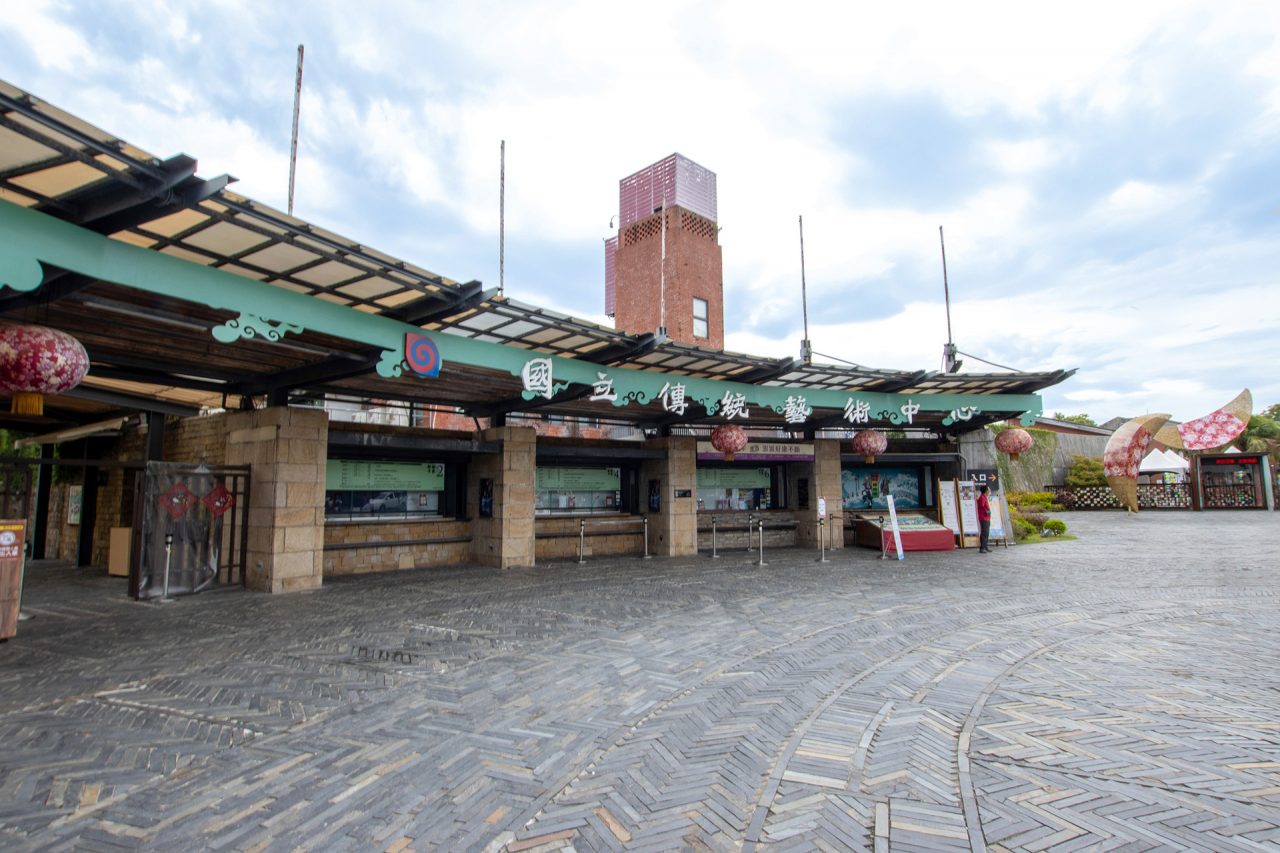Luodong Tourist Night Market

Luodong Tourist Night Market is adjacent to Zhongshan Park. It is a good place for shopping and fun in Luodong city. There are many shops around it, selling a variety of traditional snacks and goods. It is often an unforgettable place. Some of them were once served at the president’s state banquet. The night market is located near Zhongshan Park and extends to Minsheng Road, Minquan Road, Gongyuan Road, and Xingdong Road. It is the center of local shopping and shopping. It not only becomes more beautiful as the night goes by, but also promotes the development of the surrounding business district. In the night market, there are many affordable clothing stores, shoe stores, and snack bars. Dragon and Phoenix legs, mutton soup, scallion pancakes, stuffed rice balls, etc. are all popular snacks.
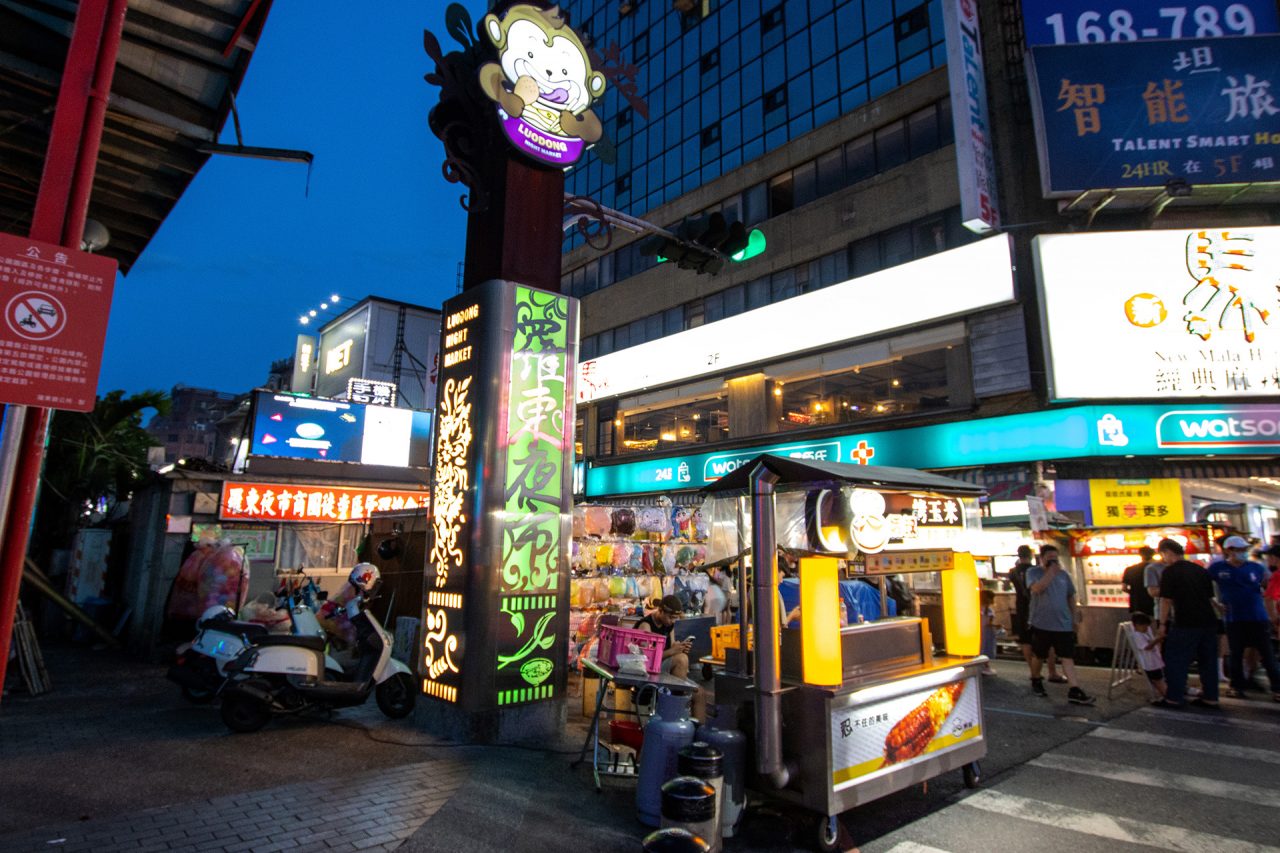
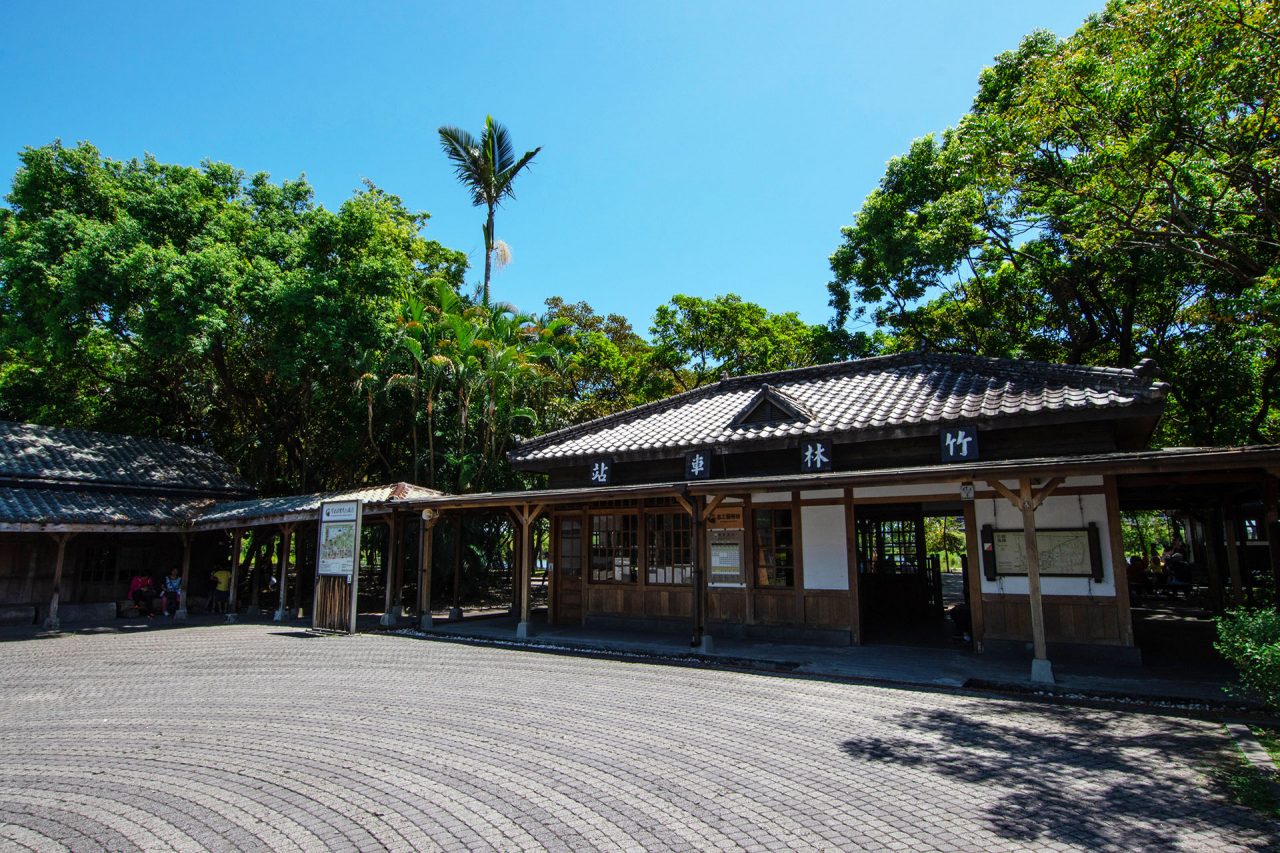
Luodong Forestry Cultural Park is located in Luodong Town, Yilan. The park covers an area of about 16 hectares. It was formerly the location of Taipingshan Forest Farm’s timber production, wood storage and office buildings. The park retains many Japanese-style houses, wood storage ponds and other special scenery. The original buildings are used as exhibition halls for cultural relics display and ecological education. A wood chip trail around the pond is laid along the lakeside. The overall park is lush and leisurely, and is very suitable for the whole family. Let’s take a stroll together.
The park aims to create a natural and comfortable leisure activity space. In addition to providing daily leisure activities, it also reserves a high-quality green environment for Yilan area to welcome future urbanization. Taking water, green, and health as the three major themes of the park, it combines terrain landscape, plant landscape, water flow landscape, and sports facilities. The overall design combines Taiwan’s local characteristics and Lanyang style. Its special style can be observed from some subtle construction and placement. It is worth experiencing this large green art crystal in person.
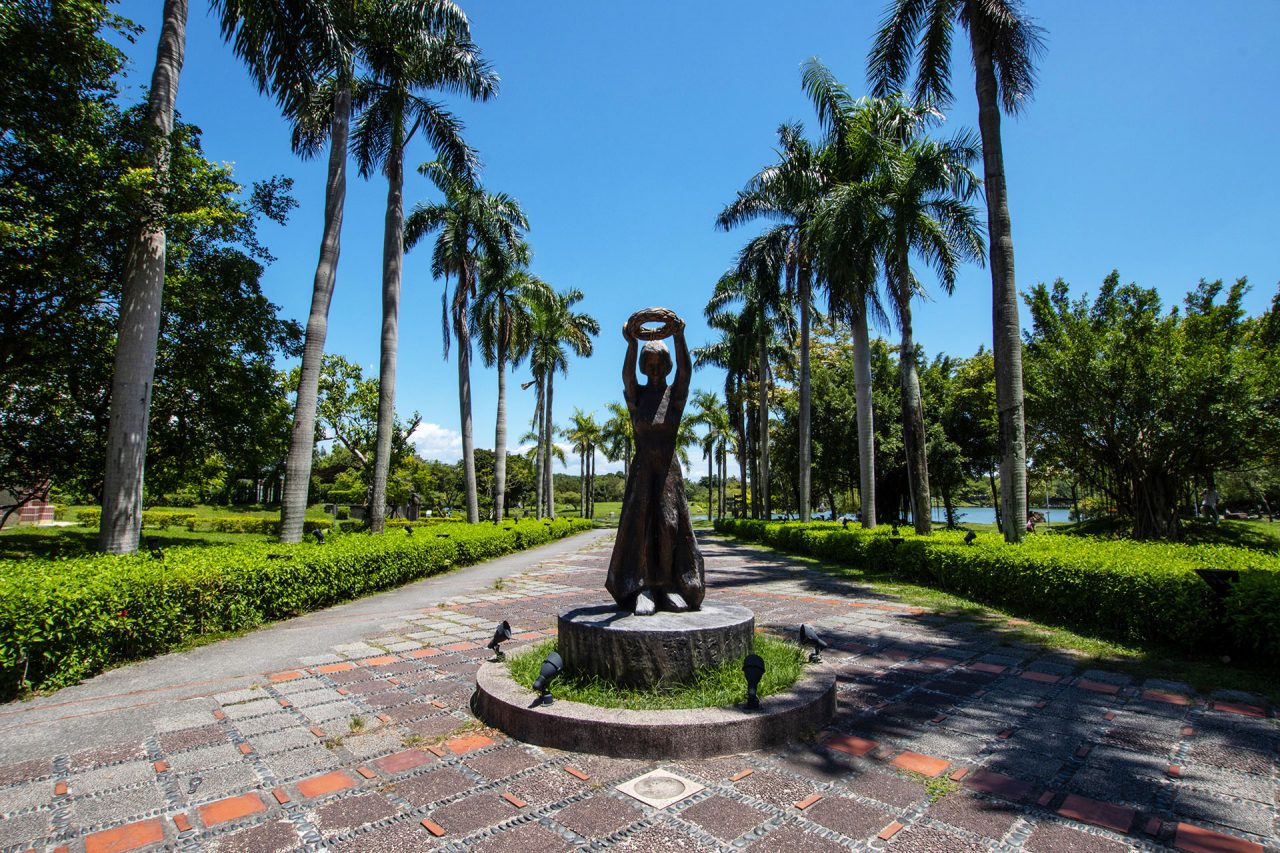
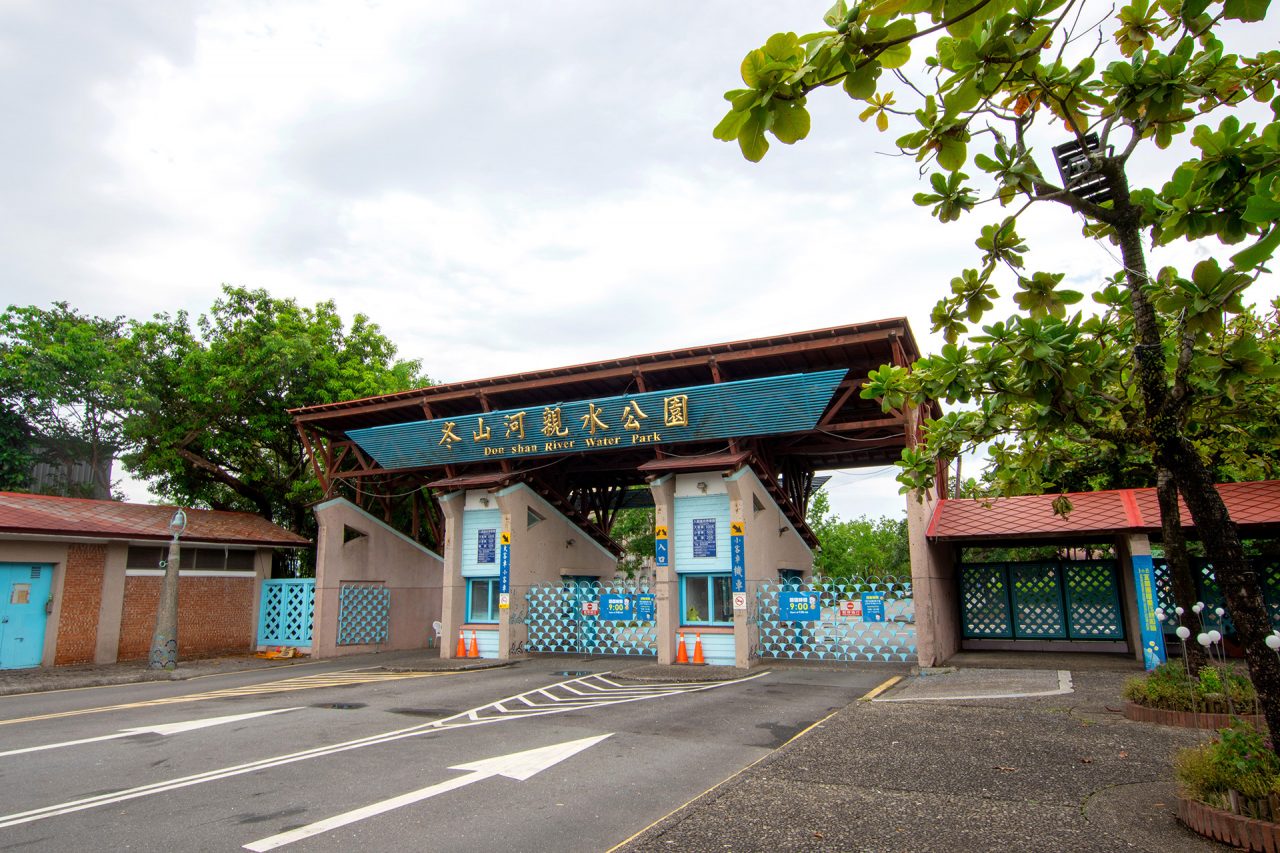
The Water Park is the most important recreational base of Dongshan River. It aims to rebuild the natural ethics between man and water. It imitates the natural landscape and incorporates Lanyang’s local colors, such as a water stage, five conical pebble hills and turtles on the sea. The mountain island inadvertently introduces Lanyang landmark into the garden. It has been said that the Dongshan River has green dragons and yellow dragons protecting its banks since ancient times. Therefore, an undulating and curved dragon slope was built with pebbles on the riverside. It was inlaid with green, blue, yellow, and orange pottery pieces. On the steps of the dragon slope, there are interesting inlays in every square. The mosaic painting is a masterpiece of collage made by Yilan children.
Every year from mid-April to early August is the day when waves of golden rice roll over large areas of Dongshan Sanqi Village. This is the Sanqi Beauty Trail and also the Yilan version of Brown Avenue. The River Rice is approximately 2 kilometers long and 5 meters wide. Along the way, there are nine S-shaped bends. Whether on foot or by bicycle, you can enjoy the scenic views of rice fields and the countryside. If you venture into the narrow field paths, you’ll be able to experience the rich fragrance of rice and the earth.
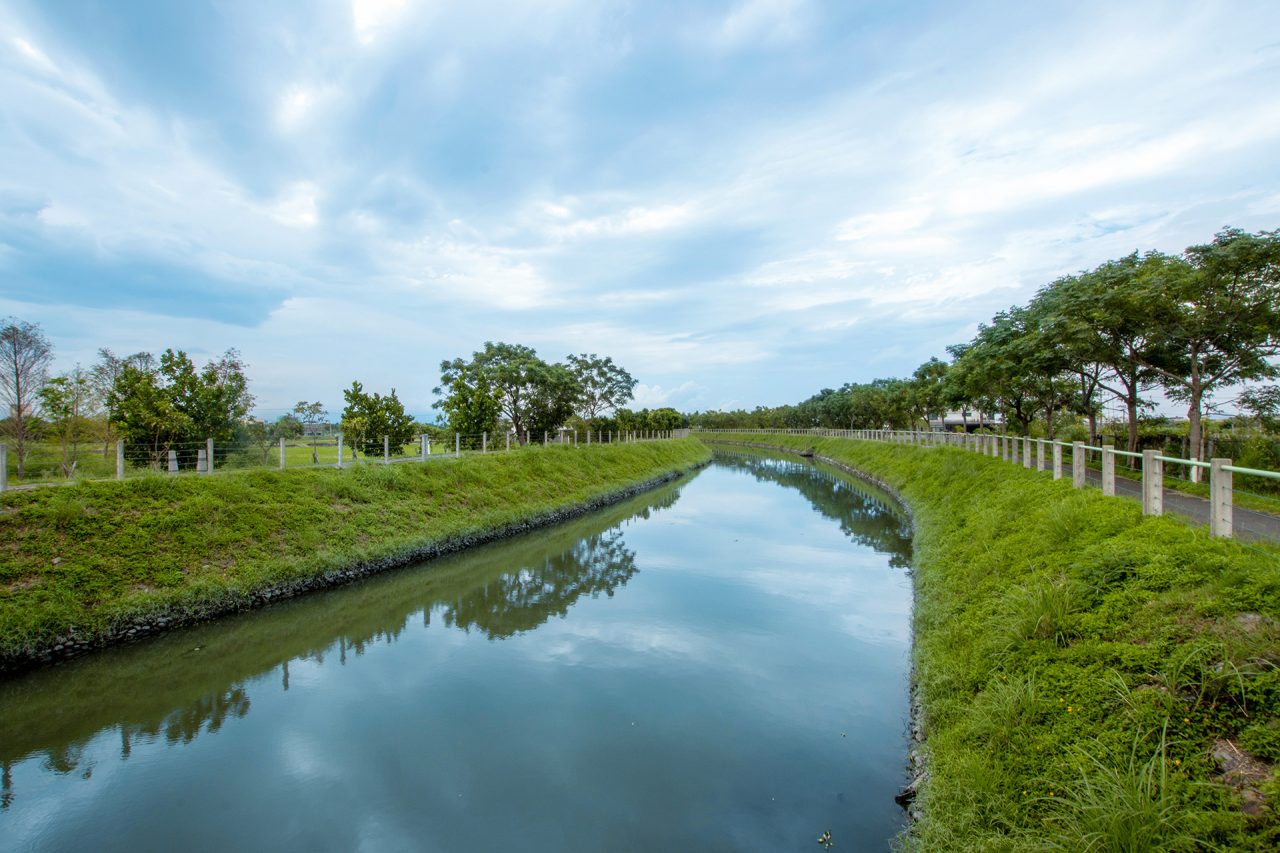
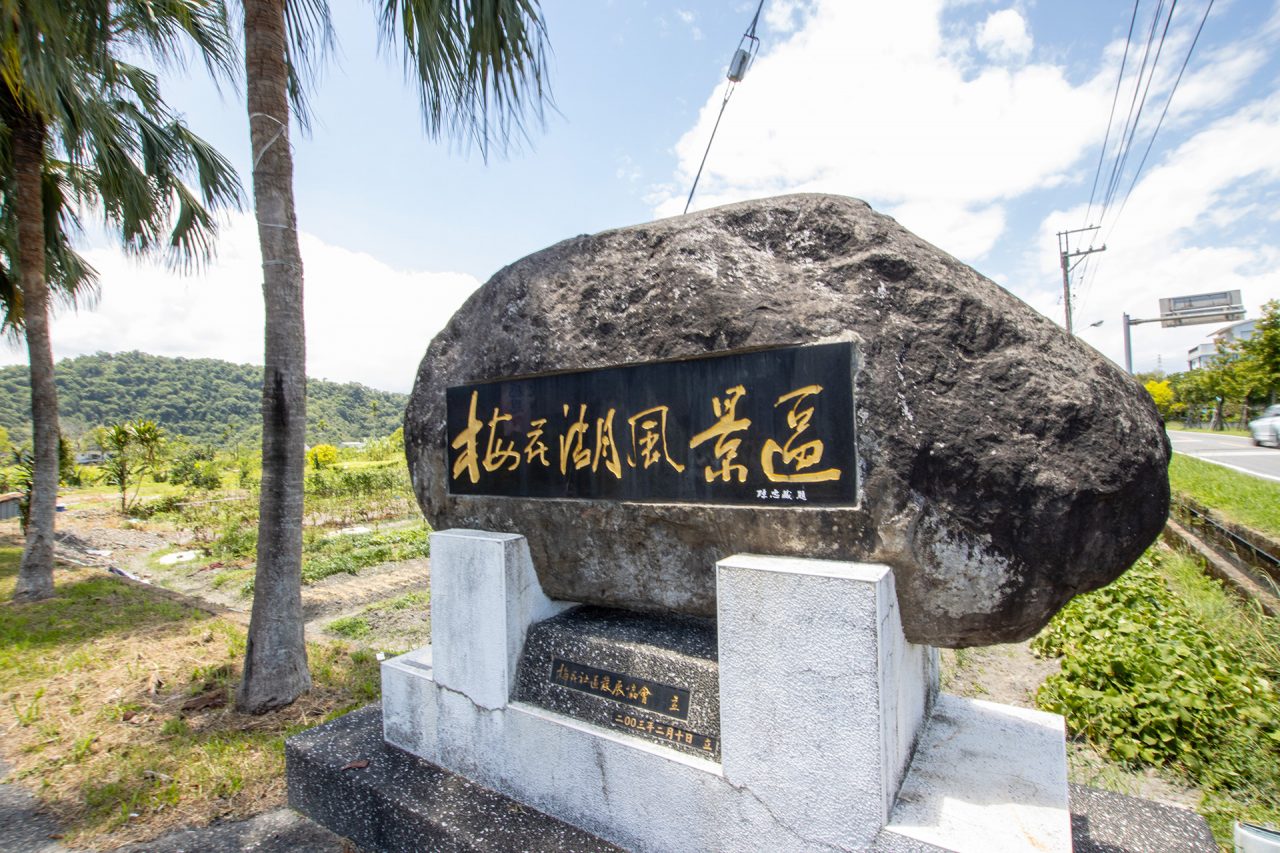
Meihua Lake is shaped like a five-petal plum blossom, and there is a small island in the center of the lake like a flower stamen, so it was awarded the title of President.Chiang Ching-kuoMr. Naming.
The area is approximatelytwenty hectares, usually the lake looks like a mirror, but if the breeze blows and the waves sparkle, you can enjoy the infinite quiet beauty by walking around the lakeside or riding a bicycle. If you look from the central island to the surrounding lake shores, it will be more interesting. If you look down from the Sanqing Palace, you can even enjoy the beautiful scenery of the lake and mountains.
Traditional art is the beauty of folk life art and the source of culture passed down by ancestors. In order to continue the inheritance of beautiful and diverse traditional arts, the center is located on the lower reaches of the Dongshan River in Wujie Township, just across the river from the Waterfront Park. The park covers an area of 24 hectares and is built according to the needs of traditional opera, music, dance, crafts and folk acrobatics. The 21 buildings and landscape areas are both traditional and environmentally friendly green buildings. Through the promotion of various research, preservation, transmission and exhibition projects, traditional art can be extended to campuses, presenting the artistic and literary styles of various places, and implementing them into daily life, establishing a representative of Taiwan’s cultural spirit.
